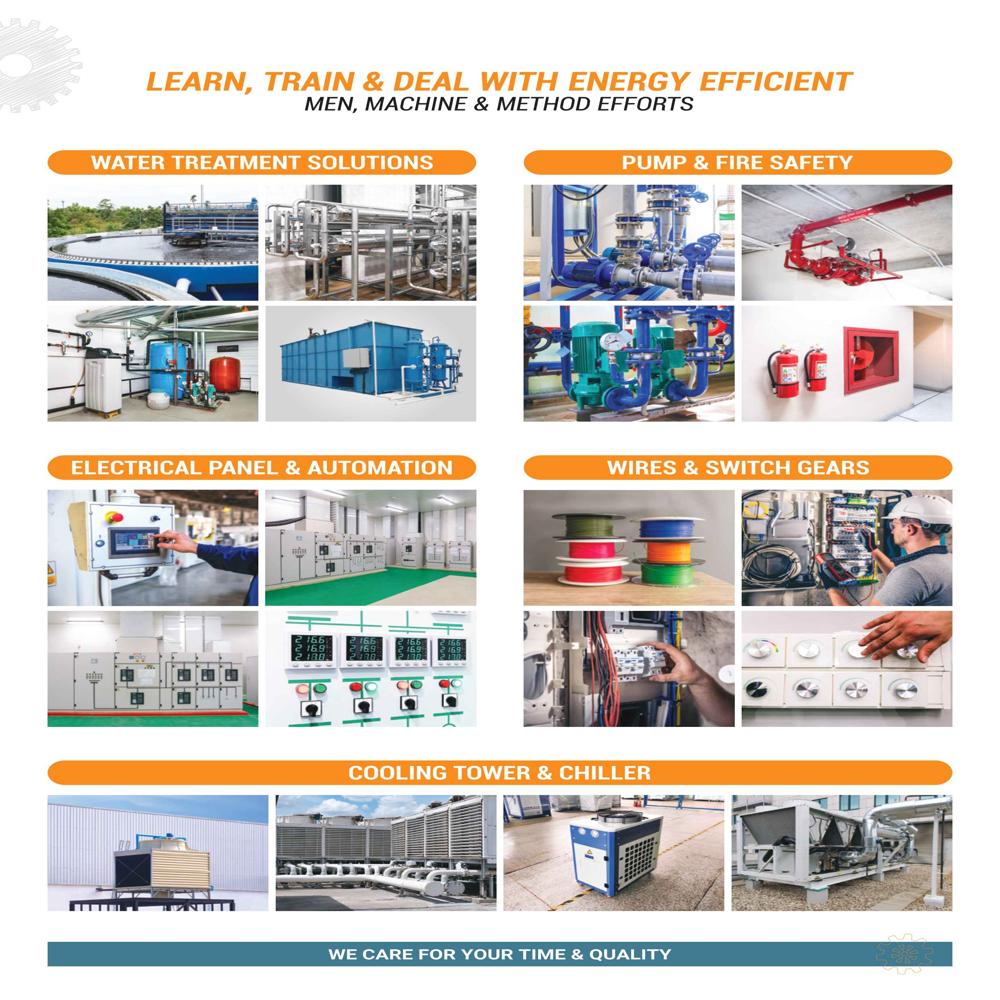Air Samplers
Air Samplers Trade Information
- Minimum Order Quantity
- 1 Unit
- Payment Terms
- Cash in Advance (CID), Cash Advance (CA), Cash Against Delivery (CAD), Cheque
- Delivery Time
- 1 Days
- Main Domestic Market
- Gujarat
About Air Samplers
Air samplers are devices that measure airborne contaminants by actively drawing a volume of air through a collection medium, such as a filter or agar plate, to detect and quantify particles. These instruments are used in environmental, industrial, and pharmaceutical settings to monitor air quality, assess worker exposure to hazards, and ensure sterile conditions by identifying and quantifying airborne pollutants, dust, and microorganisms.
How they work
- Active sampling: Unlike passive methods, air samplers force a measured volume of air through a collection medium.
- Particle collection:
- Microbial samplers: Draw air through or onto a culture medium (like an agar plate) to capture and grow airborne microorganisms for analysis, say TM Media.
- Particulate samplers: Pull air through a pre-weighed filter. After a set period, the filter is re-weighed to determine the mass of collected particles, according to the Queensland Government.
- Analysis: After sampling, the collection medium is analyzed. This can involve:
- Incubating agar plates to count colonies of microorganisms.
- Weighing filters to calculate the concentration of suspended particles, notes the Queensland Government.
- Using chromatography or spectroscopy on the collected sample for chemical analysis.
Types of air samplers
- High and low volume samplers: Differ in the amount of air they process. High volume samplers are used for total suspended particulate (TSP) monitoring, drawing large volumes of air over 24 hours.
- Microbial samplers: Specifically designed for detecting microorganisms and include various technologies:
- Impaction: Air is forced through small holes to impact particles onto an agar surface.
- Centrifugal: Use centrifugal force to collect microbes onto the medium.
- Filtration: Pass air through a sterile filter, which is then placed on a growth medium.
- Liquid Impingers: Capture microbes in a liquid medium.
- Particle counters: Laser-based devices that directly measure the concentration of particles of specific sizes in the air.
- Spore traps: Use an adhesive surface to continuously trap particles, allowing for analysis over a longer period.
Applications
- Pharmaceuticals: Monitoring cleanrooms to ensure sterility and prevent product contamination.
- Industrial hygiene: Measuring worker exposure to hazardous substances like dust, gases, and vapors in the workplace.
- Environmental monitoring: Assessing air pollution in urban areas and monitoring air quality after natural or industrial disasters.
- Indoor air quality: Monitoring the air in public spaces like airports and schools for public health.







Tell us about your requirement

Price:
Quantity
Select Unit
- 50
- 100
- 200
- 250
- 500
- 1000+
Additional detail
Mobile number
Email









 Send Inquiry
Send Inquiry